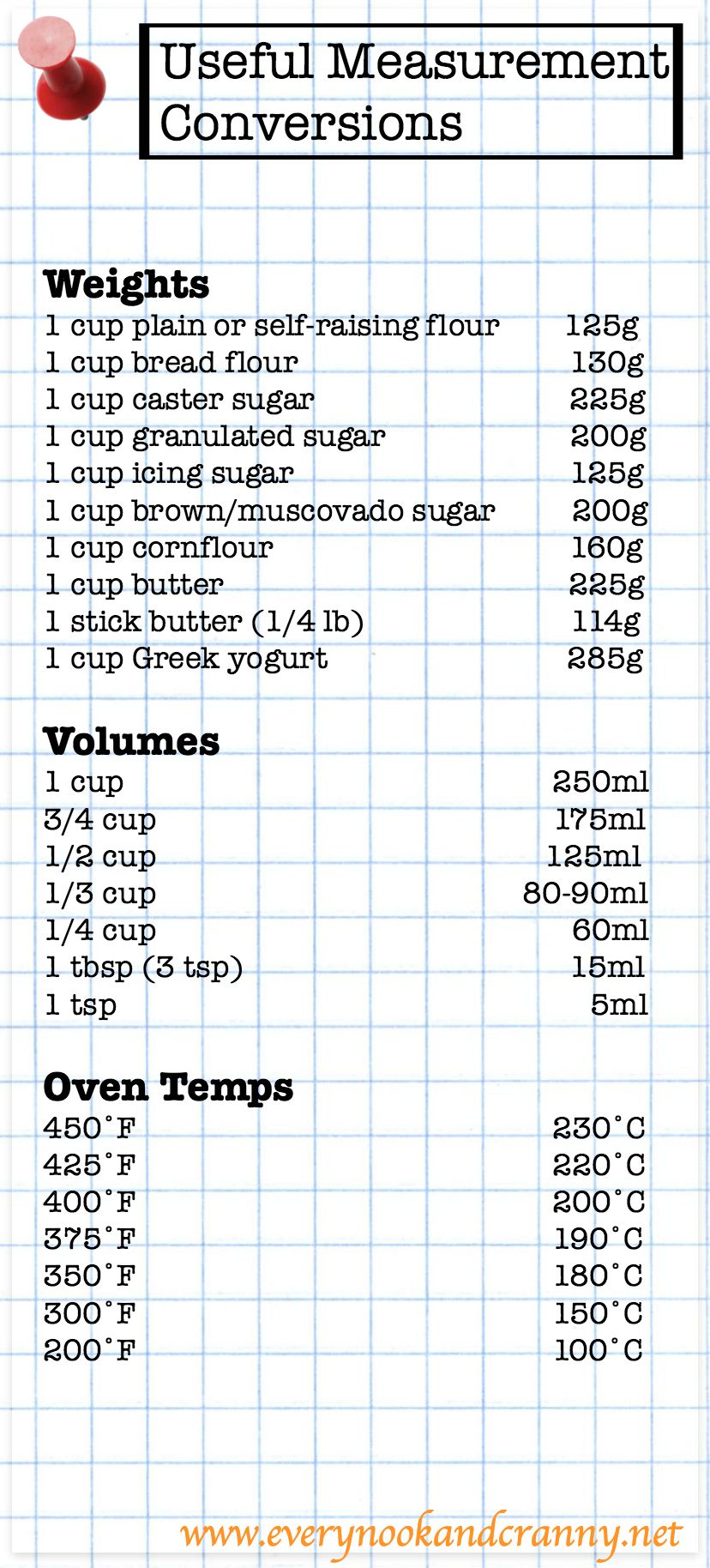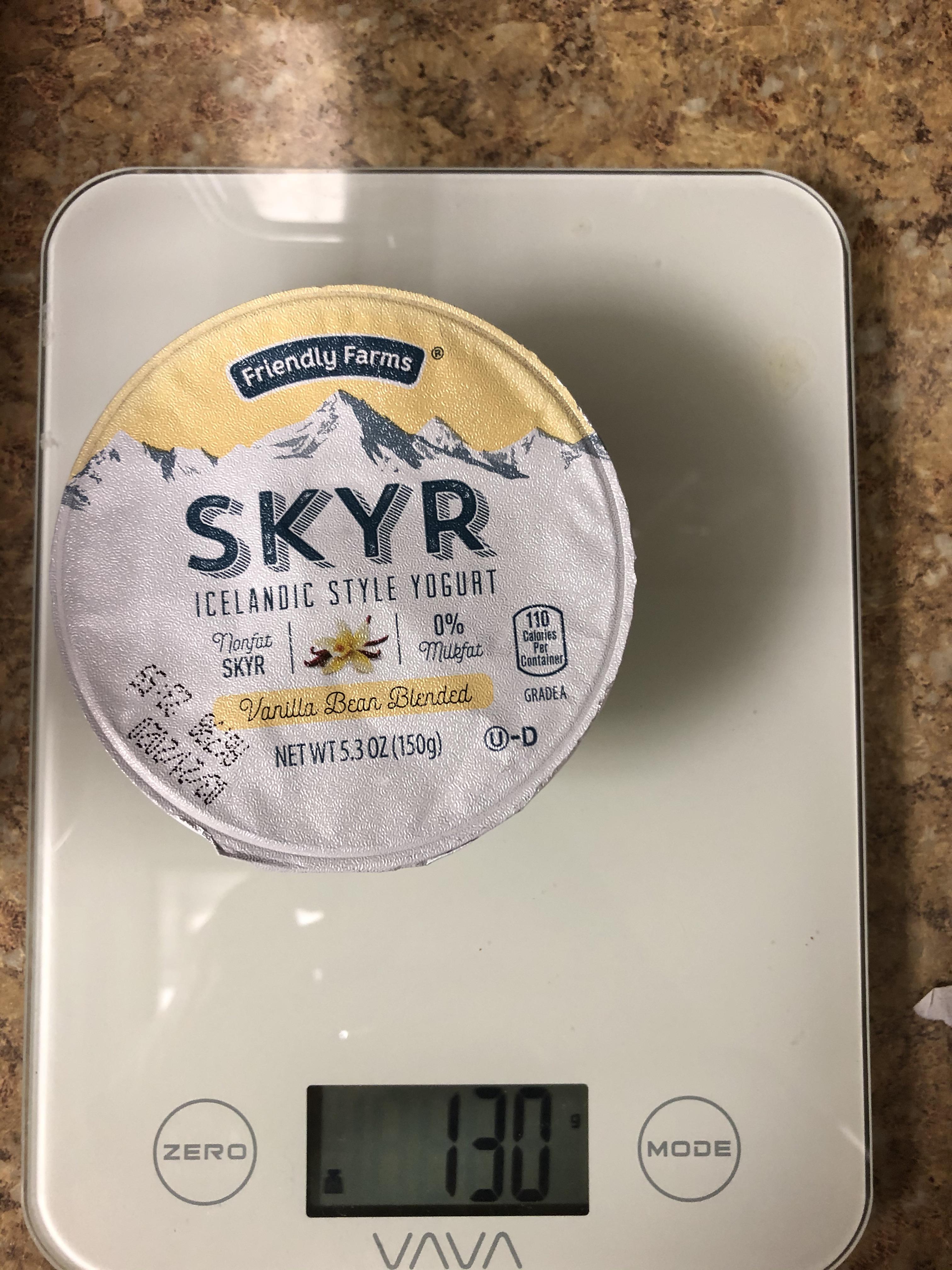Understanding Yogurt Measurements
Yogurt is a versatile dairy product enjoyed the world over. From breakfast parfaits to savory recipes, yogurt’s tanginess and creamy texture have made it a kitchen staple. But when you’re working with yogurt, precise measurements can be crucial for both taste and dietary needs. This article will explore the conversion from 150 grams of yogurt to cups, ensuring your recipes turn out just as you intend.

The Importance of Measurements in Cooking
When you embark on culinary adventures, accurate measurements are your map to a successful dish. Yogurt, known for its health benefits and versatility in both sweet and savory dishes, often requires precise proportions, especially in recipes where its creamy consistency plays a vital role. Understanding the conversion between grams and cups not only helps in following recipes accurately but also aids in dietary tracking, particularly for those monitoring fat, protein, or calorie intake.
Gram to Cup Conversion Basics
The conversion from grams to cups isn’t as straightforward as one might think, primarily because different substances have varying densities. A cup of flour, for example, weighs much less than a cup of water, and yogurt, due to its thickness, falls somewhere in between.
Converting Yogurt to Cups:
- 1 metric cup of yogurt weighs 250 grams.
- Thus, 150 grams of yogurt would be 0.60 US customary cups.
However, it’s worth noting that the consistency of yogurt can affect this conversion. Greek yogurt, being much thicker, might convert differently than regular yogurt.
How to Measure Yogurt
If you don’t have a kitchen scale:
-
Use a Measuring Cup: Fill a 1-cup measure with yogurt without packing it down. Yogurt is scooped and leveled, similar to how you would measure brown sugar.
-
Mental Math: If you aim for perfect accuracy, scooping out roughly three-fifths (0.6) of the cup will get you close to the 150-gram mark, keeping in mind that slight variations might occur due to the yogurt’s density.
In Recipes and Dietary Considerations
Recipe Adjustments:

-
When adapting recipes that list yogurt in cups to grams measurements, consider the type of yogurt you’re using. Greek yogurt will yield a denser texture, potentially altering the recipe’s outcome if substituted.
-
For health-conscious cooks, knowing the exact amount of yogurt aids in tracking nutritional intake, where a single gram can affect your macros.
Practical Applications:
-
Breakfast Parfaits: Knowing you need 150 grams allows for precise layering over granola or fruits, ensuring a balanced and visually appealing dish.
-
Baking: Yogurt’s moisture and acidity can improve baked goods’ texture. Accurate measurement ensures consistency in taste and rise.
-
Smoothies: Here, you might be more flexible, but understanding the quantity helps in achieving the desired consistency without making the smoothie too thin or thick.
Tips for Minimizing Waste
To make the most of your yogurt and minimize waste:
-
Freeze Excess: Yogurt can be frozen in ice cube trays; each cube can be measured to match 150 grams, providing ready-to-use portions for future shakes or recipes.
-
Batch Cooking: Plan meals that use the specified amount in multiple dishes, reducing the need to measure again.
-
Yogurt Substitution: Understand that other dairy or non-dairy substitutes like sour cream or silken tofu might not match exactly but can still achieve the desired culinary effect.
Measuring out exactly 150 grams of yogurt to cups is more than a culinary technique; it’s an insight into the intricate world of cooking and nutritional science. Whether you’re an experienced chef or a culinary enthusiast, mastering these conversions can lead to a deeper appreciation for how ingredients interact and contribute to the final dish’s flavor and texture.
By fine-tuning your understanding of such measurements, you open up a realm of possibilities in both straightforward and nuanced culinary horizons.




